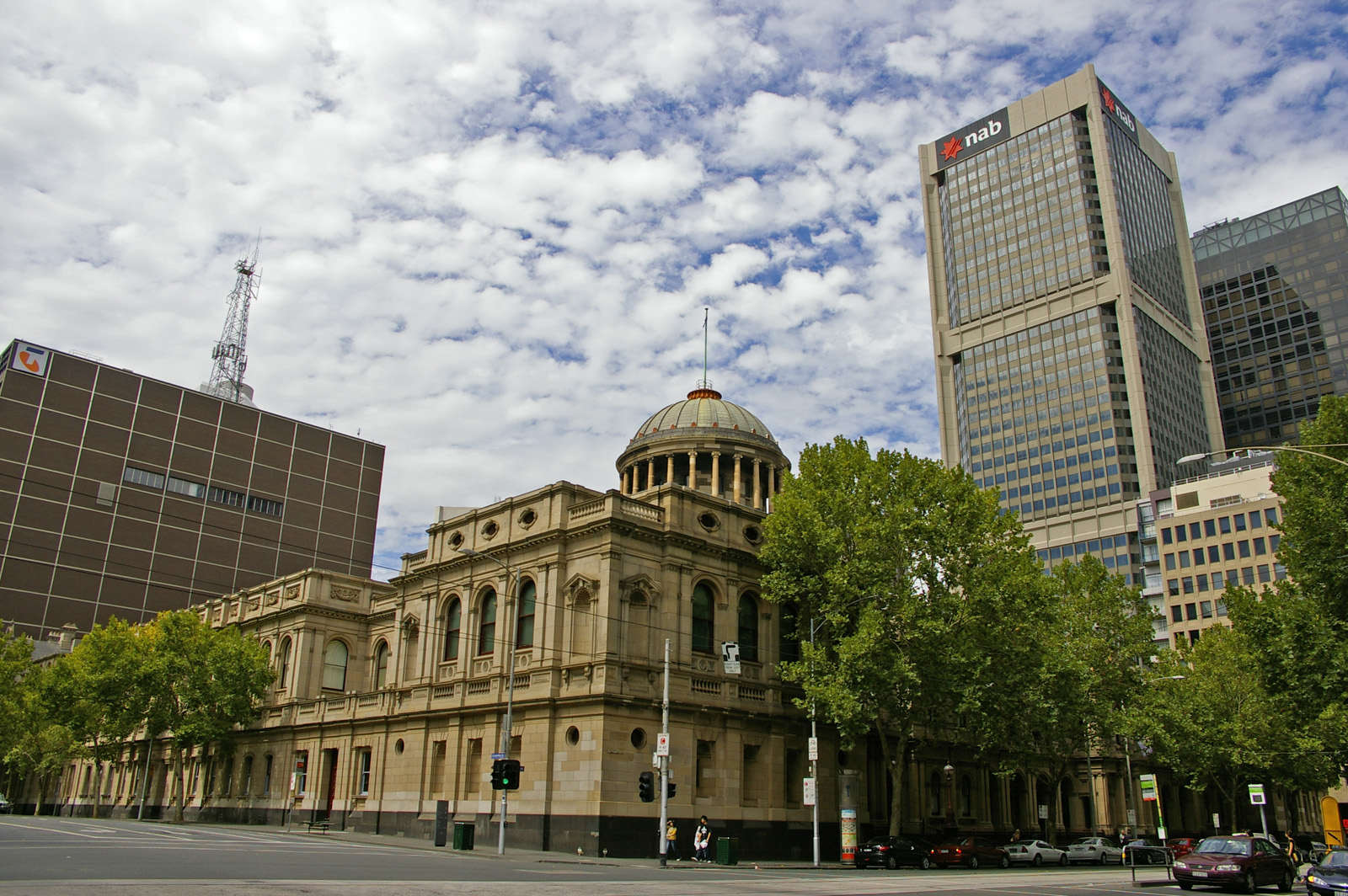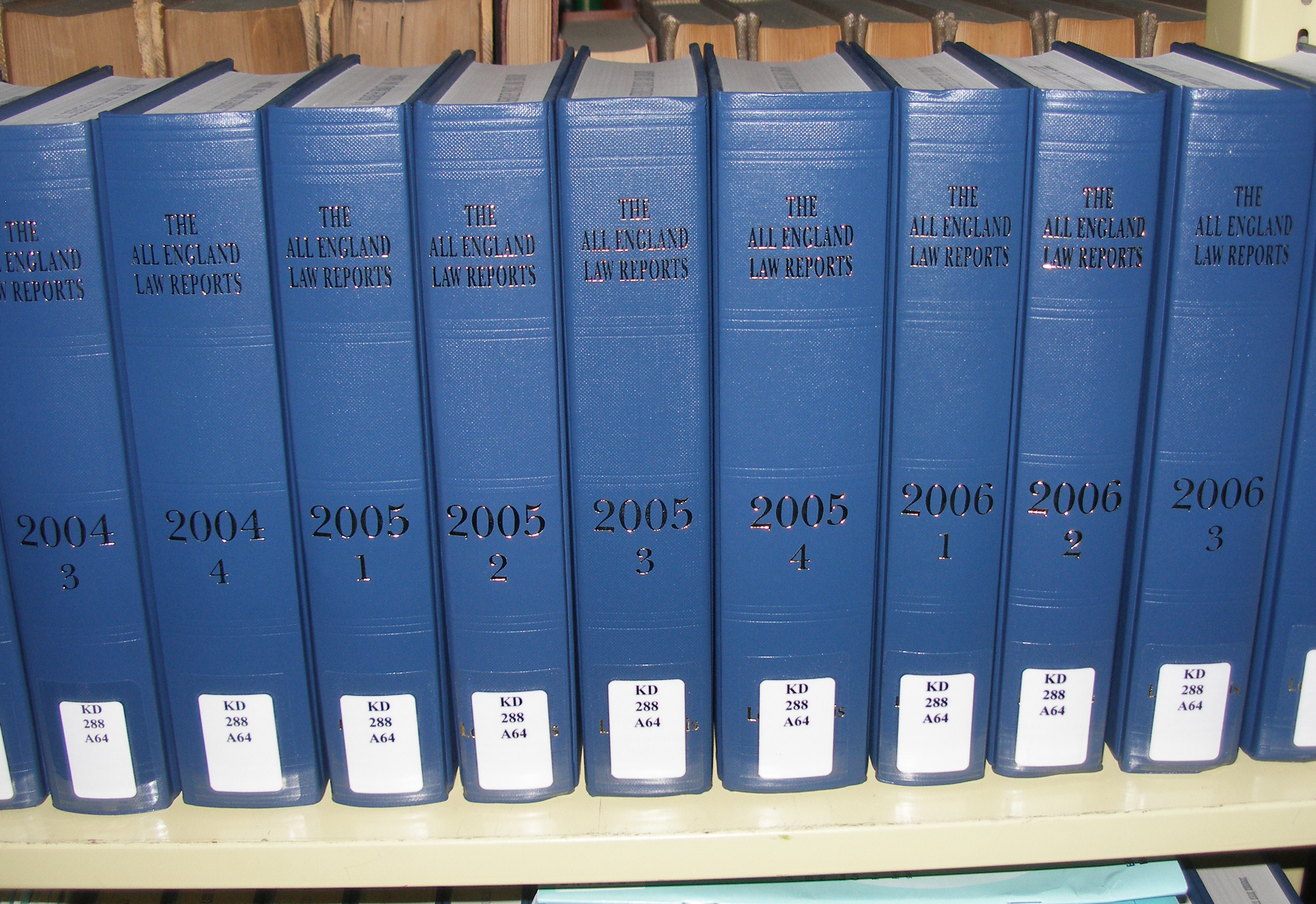|
R V Davidson
''R v Davidson'', also known (particularly among medical practitioners) as the Menhennitt ruling,. was a significant ruling delivered in the Supreme Court of Victoria on 26 May 1969. It concerned the legality of abortion in the Australian state of Victoria. The ruling was not the end of the case, but rather answered certain questions of law about the admissibility of evidence, so as to allow the trial to proceed. In the ruling, Justice Menhennitt ruled that abortion might be lawful if necessary to protect the physical or mental health of the woman, provided that the danger involved in the abortion did not outweigh the danger which the abortion was designed to prevent. It was the first ruling on the legality of abortion in any part of Australia. The principles put forward by Justice Menhennitt have since been drawn upon in other parts of the country. Background to the ruling Charles Davidson, a medical doctor, was charged with four counts of unlawfully using an instrument to p ... [...More Info...] [...Related Items...] OR: [Wikipedia] [Google] [Baidu] |
Supreme Court Of Victoria
The Supreme Court of Victoria is the highest court in the Australian state of Victoria. Founded in 1852, it is a superior court of common law and equity, with unlimited and inherent jurisdiction within the state. The Supreme Court comprises two divisions: the Trial Division, which oversees its original jurisdiction, and the Court of Appeal, which deals with its appellate jurisdiction, and is frequently referred to as a court in its own right. Although the Supreme Court is theoretically vested with unlimited jurisdiction, it generally only hears, at trial, criminal cases in instances of murder, manslaughter or treason, and civil cases where the statement of claim is in excess of the Magistrates' Court limit of $100,000. The court hears appeals from the County Court, as well as limited appeals from the Magistrates' Court. Decisions of the Supreme Court are appealable to the High Court of Australia. The building itself is on the Victorian Heritage Register. Jurisdiction Th ... [...More Info...] [...Related Items...] OR: [Wikipedia] [Google] [Baidu] |
Indictable Offence
In many common law jurisdictions (e.g. England and Wales, Ireland, Canada, Hong Kong, India, Australia, New Zealand, Malaysia, Singapore), an indictable offence is an offence which can only be tried on an indictment after a preliminary hearing to determine whether there is a '' prima facie'' case to answer or by a grand jury (in contrast to a summary offence). A similar concept in the United States is known as a felony, which also requires an indictment. In Scotland, which is a hybrid common law jurisdiction, the procurator fiscal will commence solemn proceedings for serious crimes to be prosecuted on indictment before a jury. Australia In Australia, an indictable offence is more serious than a summary offence, and one where the defendant has the right to trial by jury. They include crimes such as murder, rape, and threatening or endangering life. The system is underpinned by various state and territory acts and the ''Commonwealth Crimes Act 1914''. In South Australia, ... [...More Info...] [...Related Items...] OR: [Wikipedia] [Google] [Baidu] |
Child Destruction
Child destruction is the name of a statutory offence in England and Wales, Northern Ireland and Hong Kong. The offence of that name has been abolished and replaced in Victoria, Australia. Child destruction is the crime of killing an unborn but viable foetus; that is, a child "capable of being born alive", before it has "a separate existence". People have been convicted of the offence for injuring a heavily pregnant woman in the abdomen, such that her foetus dies; for killing a foetus during childbirth; or for performing a late-term abortion. The purpose of the offence is to criminalise the killing of a child during its birth, because this is neither abortion nor homicide for the purposes of the criminal law. It can also be used to prosecute late abortions.Card, Richard (editor). Card, Cross and Jones: Criminal Law. Twelfth Edition. Butterworths. 1992. . ¶¶11.82–83. During the second reading of the Preservation of Infant Life Bill 1928 to 1929, Lord Atkin said: England ... [...More Info...] [...Related Items...] OR: [Wikipedia] [Google] [Baidu] |
All England Law Reports
The All England Law Reports (abbreviated in citations to All ER) are a long-running series of law reports covering cases from the court system in England and Wales. Established in 1936, the All England Law Reports are a commercially produced alternative to the "official" reports produced by the Incorporated Council of Law Reporting (under the title The Law Reports). The reports encompass judgments with headnotes and catchwords from the House of Lords, both divisions of the Court of Appeal and all divisions of the High Court. The series contains cross-references and hypertext links to both other ''All England'' cases and legislation cited in the Report. The All England reports are published by LexisNexis Butterworths LexisNexis is a part of the RELX corporation that sells data analytics products and various databases that are accessed through online portals, including portals for computer-assisted legal research (CALR), newspaper search, and consumer informa .... A second s ... [...More Info...] [...Related Items...] OR: [Wikipedia] [Google] [Baidu] |
R V Bourne
R, or r, is the eighteenth letter of the Latin alphabet, used in the modern English alphabet, the alphabets of other western European languages and others worldwide. Its name in English is ''ar'' (pronounced ), plural ''ars'', or in Ireland ''or'' . The letter is the eighth most common letter in English and the fourth-most common consonant (after , , and ). The letter is used to form the ending "-re", which is used in certain words such as ''centre'' in some varieties of English spelling, such as British English. Canadian English also uses the "-re" ending, unlike American English, where the ending is usually replaced by "-er" (''center''). This does not affect pronunciation. Name The name of the letter in Latin was (), following the pattern of other letters representing continuants, such as F, L, M, N and S. This name is preserved in French and many other languages. In Middle English, the name of the letter changed from to , following a pattern exhibited in many ... [...More Info...] [...Related Items...] OR: [Wikipedia] [Google] [Baidu] |
Jury
A jury is a sworn body of people (jurors) convened to hear evidence and render an impartiality, impartial verdict (a Question of fact, finding of fact on a question) officially submitted to them by a court, or to set a sentence (law), penalty or Judgment (law), judgment. Juries developed in England during the Middle Ages and are a hallmark of the English common law system. As such, they are used by the United Kingdom, the United States, Canada, Ireland, Australia, and other countries whose legal systems were derived from the British Empire. But most other countries use variations of the European Civil law (legal system), civil law or Islamic sharia, sharia law systems, in which juries are not generally used. Most trial juries are "petit juries", and usually consist of twelve people. Historically, a larger jury known as a grand jury was used to investigate potential crimes and render indictments against suspects. All common law countries except the United States and Liberia hav ... [...More Info...] [...Related Items...] OR: [Wikipedia] [Google] [Baidu] |
Trial Judge
A trial court or court of first instance is a court having original jurisdiction, in which trials take place. Appeals from the decisions of trial courts are usually made by higher courts with the power of appellate review (appellate courts). Most appellate courts do not have the authority to hear testimony or take evidence, but instead rule solely on matters of law. In the trial court, evidence and testimony are admitted under the rules of evidence established by applicable procedural law and determinations called ''findings of fact'' are made based on the evidence. The court, presided over by one or more judges, makes ''findings of law'' based upon the applicable law. In most common law jurisdictions, the trial court often sits with a jury and one judge; in such jury trials, the jury acting as trier of fact. In some cases, the judge or judges act as triers of both fact and law, by either statute, custom, or agreement of the parties; this is referred to as a bench trial. In the ... [...More Info...] [...Related Items...] OR: [Wikipedia] [Google] [Baidu] |
Rex V Bourne
''Rex v Bourne'', ''The King v Aleck Bourne'', or the Bourne Judgment, was a British lists of landmark court decisions, landmark court case in 1938 relating to an induced abortion, abortion performed by obstetric surgeon Aleck Bourne on a 14-year-old girl who had become pregnant as a result of being gang rape, raped. The judge directed the jury towards the concept that situations arise where abortion might protect the health of the mother. Bourne was found not guilty of performing the procedure unlawfully and the judgment set the precedence for several subsequent abortion cases and the Abortion Act 1967 (UK). Seeking a termination of her pregnancy in May 1938, the girl came to the attention of Bourne, who had been awaiting such a case to test in the courts. He admitted her to St Mary's Hospital, London, St Mary's Hospital in June, informed authorities of his intention to perform the operation, carried it out, and then asked to be arrested. Charged under section 58 of the Offenc ... [...More Info...] [...Related Items...] OR: [Wikipedia] [Google] [Baidu] |



.jpg)
